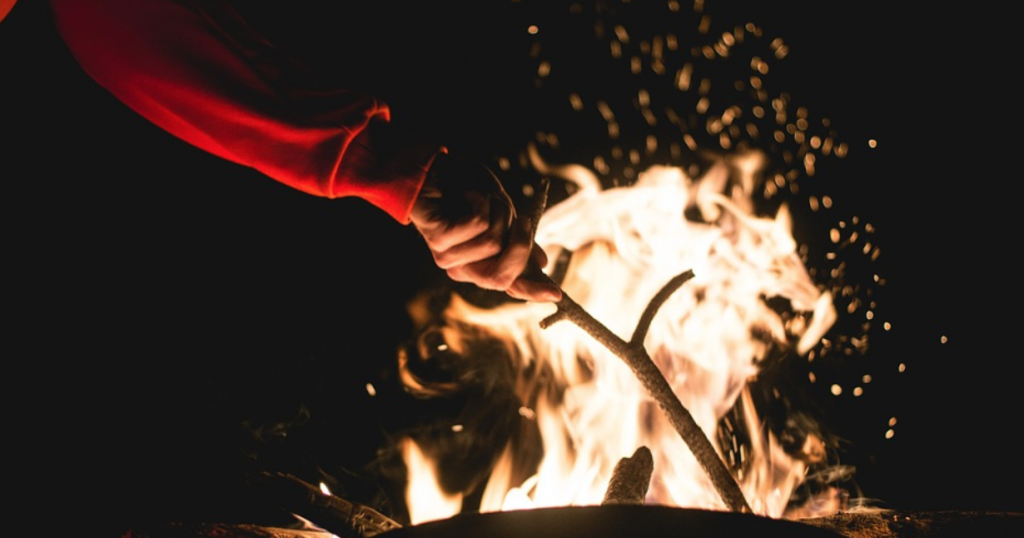Fire starter boxes are an efficient, yet expensive way to get stubborn fires going as quickly as possible, and many people are willing to pay for the convenience they provide. However, you can accomplish the same thing by making your own with some scrap wood, shavings or sawdust, and the finished product will cost you next to nothing. Take a look at the following steps to get a general idea of the process, and chances are that you’ll quickly think of ways to improvise to make this trick work for you.
Getting Started
All you need for this project are some miscellaneous pieces of wood, shavings and sawdust along with a few boxes. The first step is to cut down the wood into pieces that are less than six inches long before arranging them in a layer in the bottom of the box. Fill in any gaps with some large chips or splinters when possible. Next, add a layer of shavings that is around two inches thick before compressing it with a piece of cardboard or piece of wood.
Add a layer of smaller, thinner pieces of scrap wood and splinters that’s at least a couple of inches thick before covering it with another generous layer of shavings or sawdust. Compress this layer with as much force as possible before adding additional layers of scrap, shavings or sawdust respectively until you reach the top. Give everything one final compression, add in some more material if there’s room, and close up the box.
The next step is to poke holes that are about ½ inch in diameter all around the box to create ample air flow once you start the fire. Try to put around 20 holes on each side and another 10 or so on the top and bottom of the box. All you need to do now is place the box in your fireplace, stove or pit, light it up, and it should burn long enough to ignite larger logs and branches. You can also use the fire box by itself for shorter-burning fires when you want to cook a quick meal or boil some water.
Modifications
The layering of different types of wood inside the box should make it easy to get the fire lit and prevent it from prematurely going out. You can also add things like newspaper, pieces of cardboard, wax and even fabric to make it more combustible. Using wax is also a great way to slow down the burn rate and extend the life of the fire as well. Try to avoid adding liquid fuels or chemicals as they can produce harmful vapors while the boxes are in storage. Chances are that you won’t need them anyway as the slow burn from the boxes when lit should be enough to ignite the material inside.
While this trick may seem simplistic, it’s very-effective. It’s also a great way to save time and energy when building fires because you don’t have to collect and arrange all of the material beforehand. Finally, the boxes are easy to carry and store, and this is a great way to put all of that scrap wood that has been piling up to good use. Try it for yourself, and see how a few minutes of preparation can save you a lot of money, hassle and fuel when building fires at home this winter.
